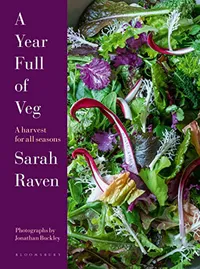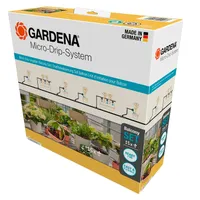Drought tolerant plants - Sarah Raven's top tips for sunny spots
Ideal Home's garden expert Sarah Raven picks the best drought tolerant plants for pots and sun-drenched yards
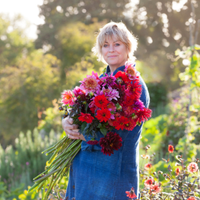
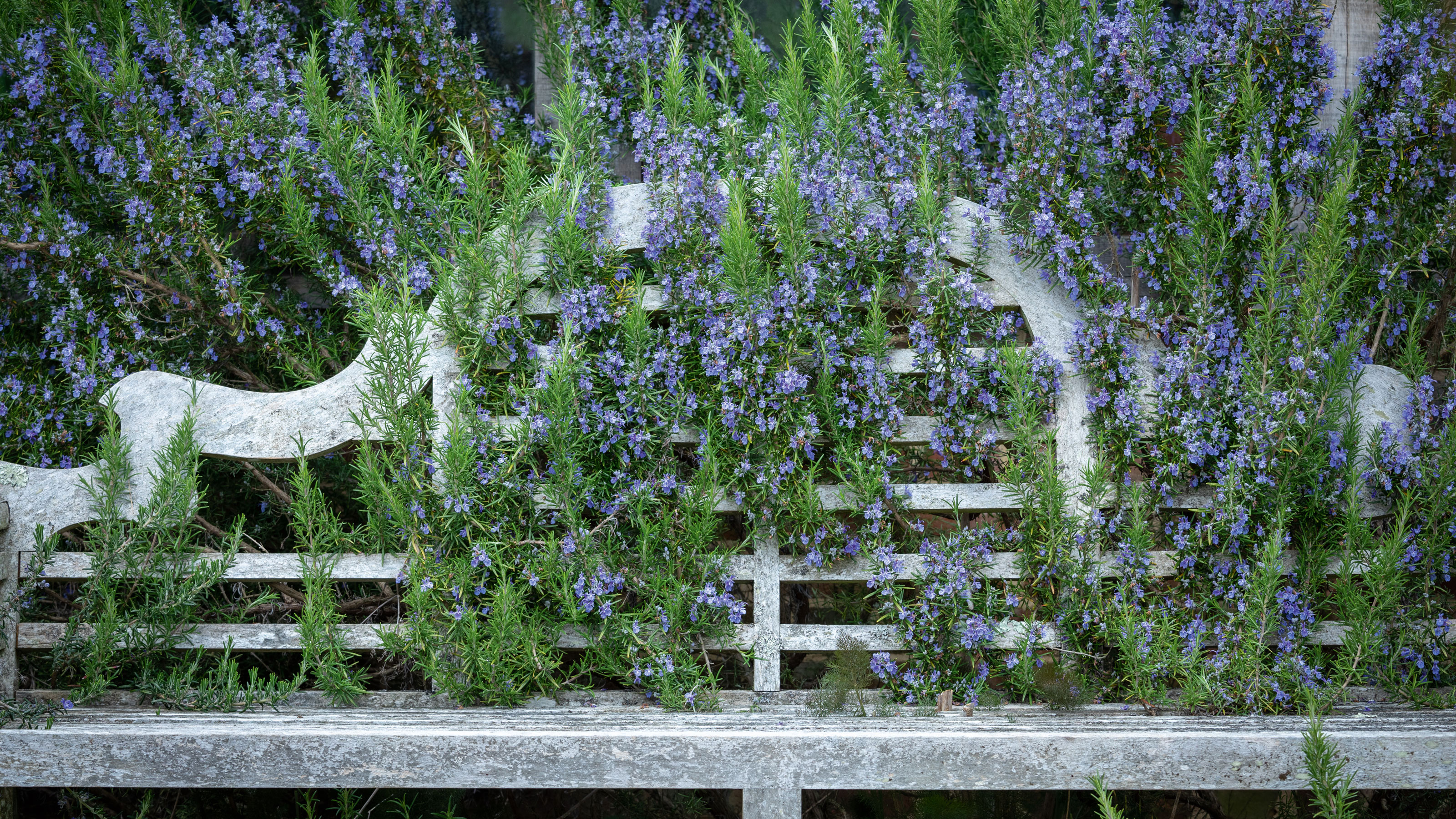
When planning your garden, it’s worth having some drought tolerant plants up your sleeve which you know carry on looking good, however hot and dry our summers become - tough things which thrive in arid, Mediterranean conditions. Here, I’ll give you my top recommendations, plants fabulous however harsh the summer and however small your garden space.
For a sunny, dry spot within your garden ideas, I’d always start with placing a slatted bench wherever there’s even a short run of fence or wall. Then I’d plant all around it (see below).
Pots and planters are the next thing. They easily fill the space with a feeling of colour and abundance and for this time of year, it has got to be dahlias as the top pot Queens. Originating from Mexico, these will take the heat.
With your bench sorted and your pots designed and planted, then finally, you want to work out what are the plants to froth and scatter between which won’t get scorched however hot it gets. I’ll give my recommendations for those, too.
Drought tolerant plants - Sarah Raven's top plants for dry, sun drenched gardens

For pots & planters
When choosing pots for hot dry summers, I’d advise going as big as you can, because large pots are much easier to maintain than a clutch of little ones. Small, table centre pots are lovely, but they dry out in less than a day in the summer and will need to be watered morning and night at the hottest moments.
With large pots, you can safely reduce this to three times a week, just about doable even without an irrigation system (more on that later). Then rely on our recipe for helping choose your pot plant ingredients.
First, select the main showy flower and colour deliverer - what we call our Thriller. Next, a delicate, yet easy to grow annual as a light airy middle layer - the Filler. Finally, a tender perennial climber trained on a simple frame to give height to the pot - the Pillar.
Sign up to our newsletter for style inspiration, real homes, project and garden advice and shopping know-how
I’ll also encourage the climber to trail down the sides and soften the expanse of terracotta (so acting as a Spiller too). That’s a useful pot recipe to have – Thriller, Filler, Pillar and possibly Spiller as your three/four ingredients, all fulfilling different roles.
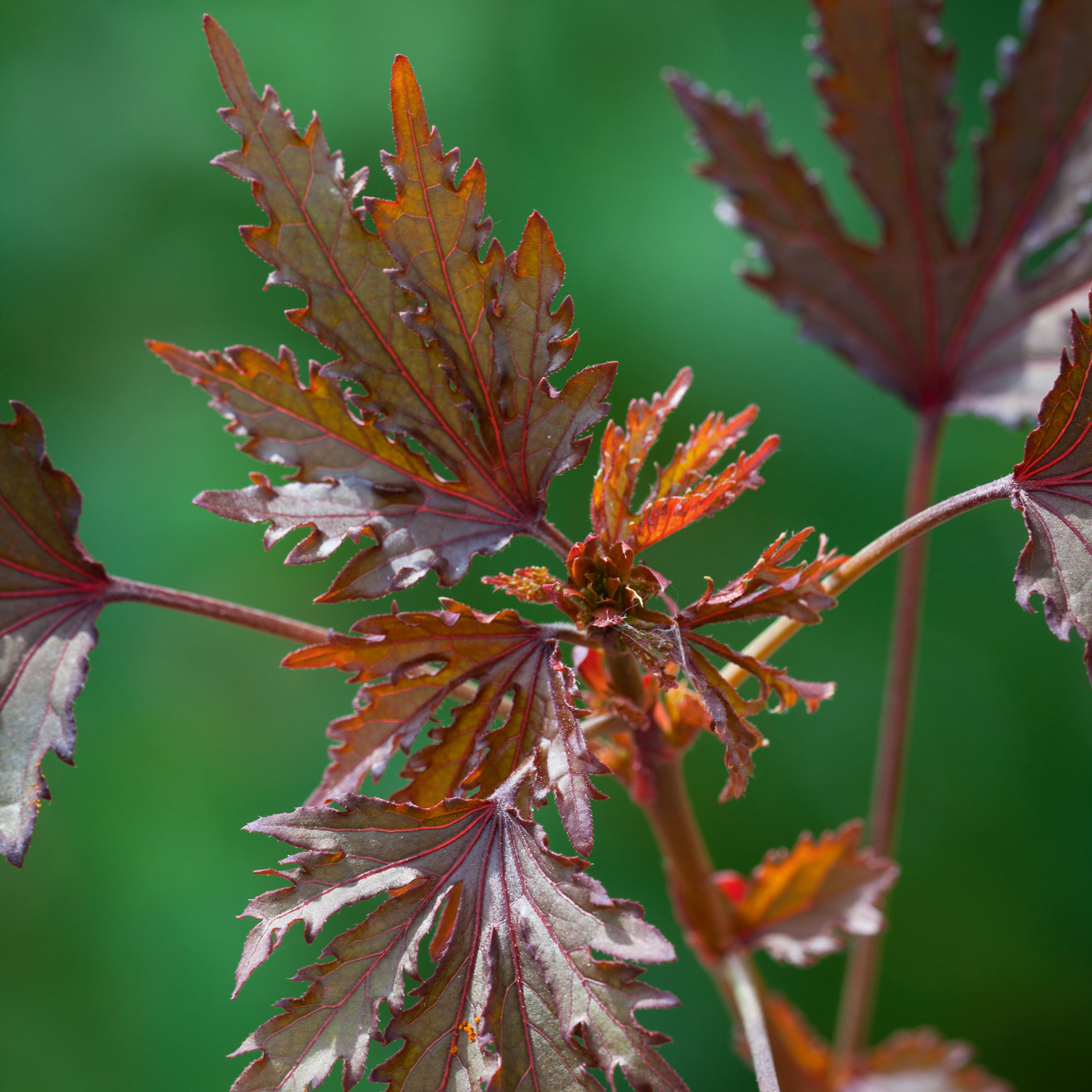
One of my favourite pots for our dry Dutch yard last summer followed exactly this recipe with the wonderful Dahlia ‘Molly Raven’ as the Thriller. This is a variety selected by us (named after my younger daughter) with stippled crimson on dusky pink flowers which remind me of posh Venetian marbled paper.
For the Filler, we had the crimson-leaved foliage Hibiscus ‘Mahogany’ which has the same delicacy and colouring as a Japanese acer, yet it’s annual and quick-growing.
I love it for the elegant laciness it gives a pot and its leaves match the colour of ‘Molly Raven’ and we use the spun sugar lookalike, Panicum ‘Frosted Explosion’ (easily grown from seed) in the same role.
Finally, the Pillar we chose – which also cascades out around the edges - was Rhodochiton, the purple bell vine. They made a magnificent and pretty drought-tolerant trio.
If you want something simpler, it’s to Dahlia ‘Waltzing Mathilda’ that I’d turn, pairing it with a classy duo of black-eyed Susans, Thunbergia alata ‘African Sunset’ and ‘Sunny Susie Brownie’.
The dahlia gives rich saucer flowers in a mix of crimson and apricot, picking up the same colours of the flower-dense, drought-tolerant Thunbergias. That’s another summer pot winner.
For the climbers, I’d recommend creating a frame at the centre of the pot from bamboo canes or pea sticks or even a permanent metal obelisk to give winter bones to the garden. This will help support the top-heavy dahlia and give the vines something over which they can climb. The frame helps with pot drama, too.
A Year Full of Veg: A Harvest for All Seasons by Sarah Raven | £22 at Amazon
Discover all the inside tips and tricks on how to grow your own, from garden to table, all broken down into monthly tasks and do do lists to make the journey a whole lot easier.
Against walls & over fences
Place a slatted best garden bench just in from the base of the wall and plant three rosemary cuttings, one underneath the back, in the middle, the other two at each end.
I’d recommend going for one of the dark blue hybrids such as ‘Tuscan Blue’ for their extra petal richness and length of flowering, but if you can’t find these cultivars, any tall rosemary will do.
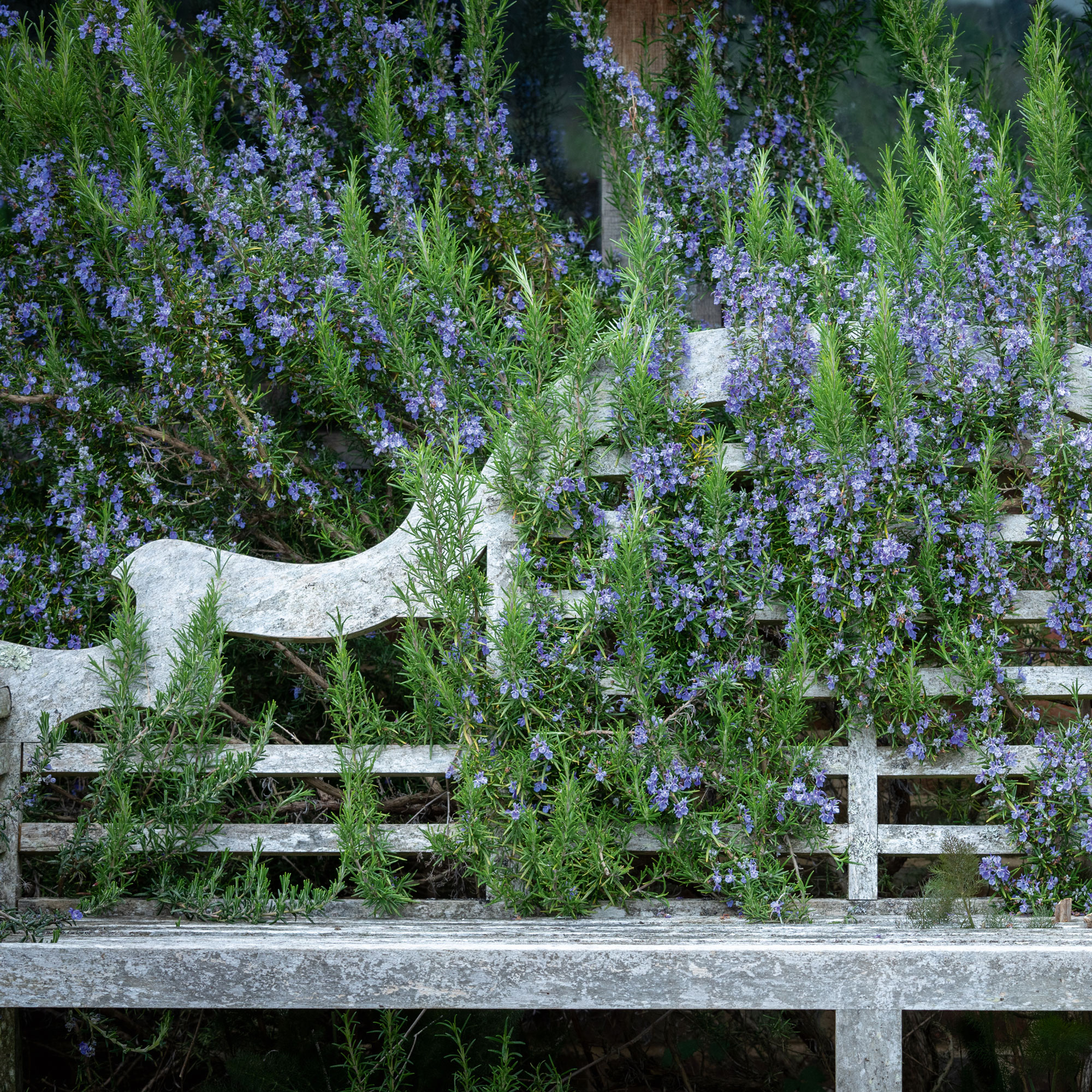
Your three mini plants will start to grow through the bench to form a scented back and arms where you sit and the rosemary won’t suffer when you lean back onto its branches. Some may break but that’s equal to a little light pruning and will do the plants good.
Rosemary is of course evergreen and totally drought-resistant, so will clad your sunny space twelve months round. It’s deliciously fragrant, the bees and butterflies adore the blue flowers and you can harvest sprigs for the kitchen.
As long as you don't have to protect your plants from frost later in the year, I’d also add lemon verbena. A rather scraggy shrub, this smells and tastes delicious (in tisanes, cordials and ice-creams) and makes a perfect fragrant neighbour to rosemary, the foliage of both gently crushed as you sit, creating a perfumed cloud. Prune this back in March if it’s getting wayward.
Climbing up the wall or fence, I’d plant the triffid cup and saucer plant, Cobaea scandens. There’s no better plant than cobaea (in white or purple) to give glamorous swathes and curtains until the frosts.
In a sheltered garden in London, you may hardly get a frost from one winter to the next and there I’ve seen cobaea just keep going and growing. It also thrives on neglect.
Irrigation
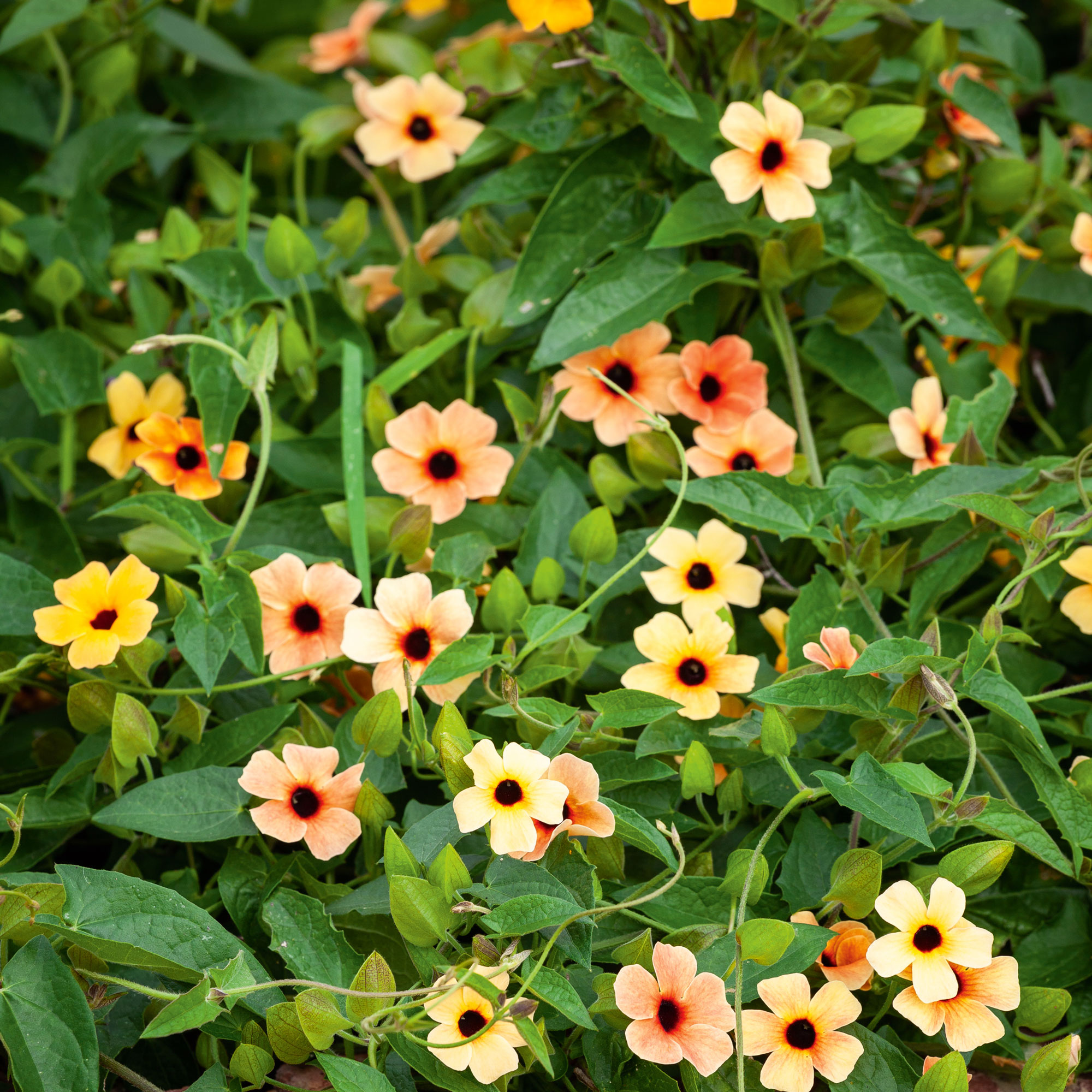
If our hot summers continue, a slow watering hack or installing an irrigation system is going to become increasingly invaluable in any pot garden. I recommend the make Gardena, readily available at most garden centres.
It is good, reliable and durable, (we use and like this make in the greenhouse at Perch Hill) but you do need to keep an eye on the system. Disasters include the little nozzle heads flying off, leading to great water geysers, with no water going to the plants but spraying up into the air. The batteries in the timer also eventually run out, so replace them before you go away for any length of time.
How much water you give your pots depends on what you’re growing, and how wet or dry the season is, but dahlias - for example - like a good water dousing, so three minutes twice a day is probably what they’ll need.
Gardena Micro-Drip-System Drip Irrigation Set Balcony (15 plants) | £34.99 at Amazon
Take Sarah's advice and install this clever Gardena irrigation system in your garden so your plants effectively water themselves.
The inbetweeners

With your main bones in place, finally, in terms of design, you then need to think of the best drought-tolerant plants to provide a bit of softness to surround them.
The number one plant for this has to be the Mexican daisy, Erigeron karvinskianus. Flowering from April to November, its daisy flowers creep into walls, cracks and crevices and survive on nought!
I’d also add a perennial geranium into your list of must-haves. For real drought tolerance, go for one of the bloody cranesbills, (Geranium sanguineum) in deep pink or white.
Or select the blue ‘Rozanne’. That’s a low-maintenance classic. Add in some of the stalwart scented leaf pelargoniums. ‘Attar of Roses’ is not a huge flower producer but smells utterly delicious, and ‘Aurora’ almost never stops flowering however hot, dry and sunny our summers turn out to be.
Last but not least, I’d vouch for zinnias. They thrive with the odd dousing at their roots but I’ve seen them flowering well in never-watered pots in Greece. My favourites are the ‘Queenie Lime Series’ which pick brilliantly too, so the plants outside can provide plentiful colour for inside into the bargain.
With all these plant troopers you should have a wildlife garden to look out on - and sit in - full of flowers, birds, butterflies and bees without the call for endless watering. I’d recommend it!

Sarah Raven is a gardener, teacher and writer who runs her own online plant nursery specialising in colourful, productive cut flower seeds and seedlings, edible crops and a large range of perennials, shrubs and roses (as well as the kit to grow them).
Over the last three decades, she has written regularly for the Financial Times, The Telegraph, and many other publications including Ideal Home.
